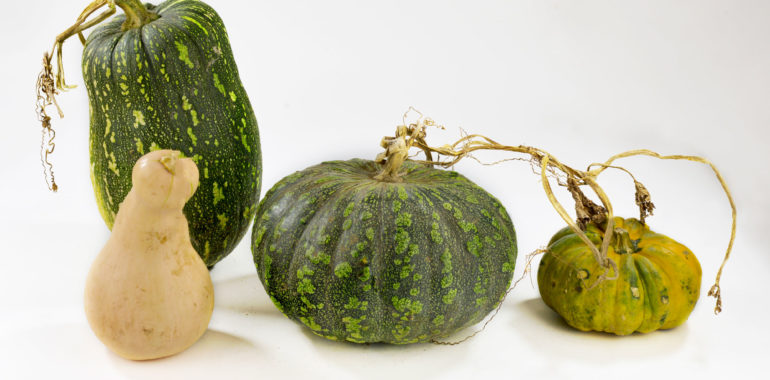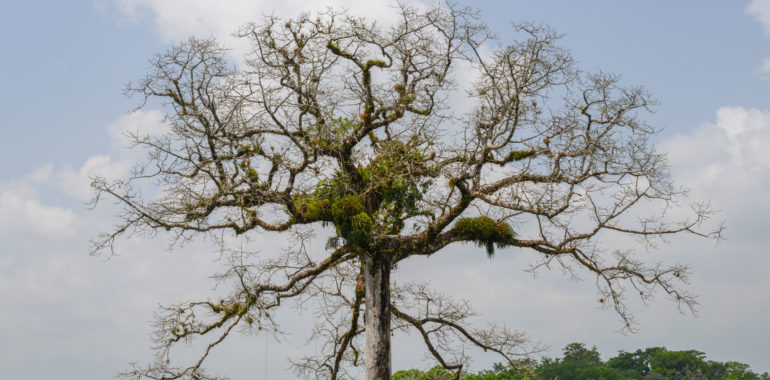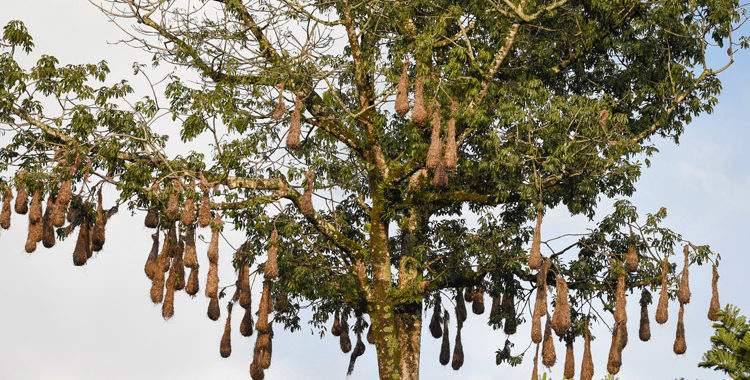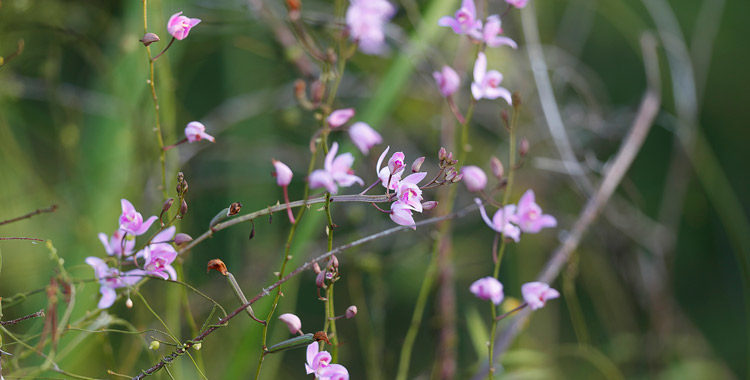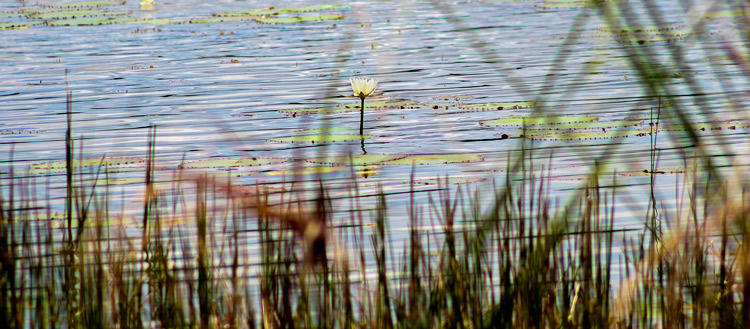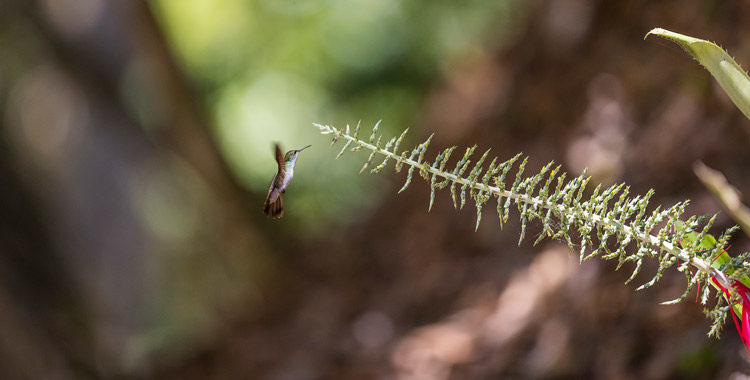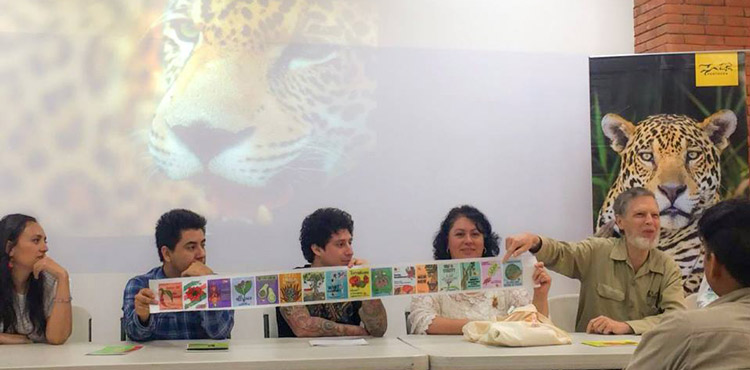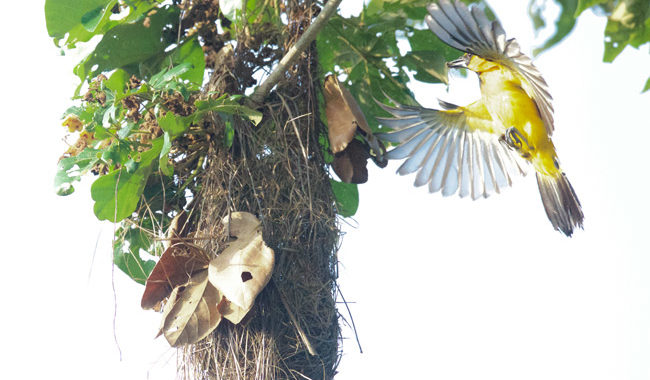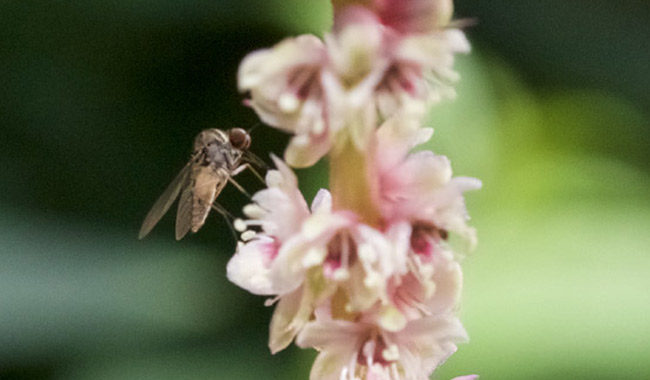The main symbol of the Halloween tradition is pumpkin. Although October 31 is not a traditional celebration date for Guatemala, we know how it is celebrated in other countries. Pumpkins are something significant for the date. Orange and with monstrous carved faces. Do you know that in Guatemala we also have pumpkins? Although they are…
Why is Ceiba so important in our country and the Americas?
Ceiba is one of the largest trees in the tropics, measuring up to 70 meters high and its roots up to 5 meters deep. It is a tree that we can find in most places in the towns of Guatemala. It was declared a National Tree on March 8, 1955. It is also very common…
The design of bird nests native to Guatemala
During our expeditions we have found different bird nests in the treetops. The amazing thing about them is the design and location that each species chooses, according to their needs. The nests are multifunctional structures built by mammals, birds, reptiles, fish and insects. Its principal function is to create an adequate environment for eggs and…
Orchids of candelaria at Yaxha Lagoon
During our exploration in boat on Yaxha Lagoon, Yaxha-Nakum-Naranjo National Park, in the distance we noticed a light pink flower on the shore. While we were advancing we could see more and more of these flowers tangled in the water grass. Maybe a signal to get closer. When we stopped the boat a few moments…
First expedition of the FLAAR Mesoamerica team to “La Laguna Perdida”
During the last week of March’, FLAAR Mesoamerica team continued research in the National Park Yaxha-Nakum-Naranjo in Petén. This time we decided to make an expedition for the first time to explore La Laguna Perdida. This place can be seen from Google Earth with three totally round lagoons joined together that called our attention. We…
Expedition: Flower searching at Parque Nacional Yaxha Nakum Naranjo
FLAAR Mesoamerica’s expedition team returned to Parque Nacional Yaxha Nakum Naranjo looking forward to shoot borning flowers since several plants are borning between March and May. During a long walk through Yaxha, we found habin, bromelia, pucte, among others. We could also observe several birds like hummingbirds drinking nectar from some flowers, woodpeckers climbing the…
Expedition to Naranjo looking for El Cibal, based from a satellite photo
FLAAR Mesoamerica team was last week at Parque Nacional Yaxha-Nakum-Naranjo, Peten. One of the main purposes of this fieldtrip was to find an area known as “El Cibale” at Naranjo, a place observed by the team on a satellite photo, but it was impossible to walk through, since the grass was 2 meters high and…
Jaguar Conference, November 7, 2018, Guatemala City
Jaguar conference was great; met lots of zoologists and individuals interested in preserving the fragile eco-systems of Guatemala. Our lecture (FLAAR Mesoamerica) was on Maya iconography of jaguar pelage designs (on polychrome vases, plates, and bowls) and on the different colors of jaguars out in the wild: they can be white, gray, black-ish, and “solid…
Continued search for finding the actual oriole bird and nest pictured in San Bartolo murals
The photo teams of FLAAR Mesoamerica continue to search for each species of oriole in Guatemala which makes a tall pendant nest. The Stuart brothers have suggested the yellow birds in the San Bartolo murals are Yellow-backed Orioles (Icterus chysater). This oriole is a challenge to find. In the meantime, with the help of biologist…
Mosquito? Or Mosquito fly? Pollinating jaboncillo in FLAAR garden, Guatemala
Male mosquitos are often hard at work pollinating (while their girlfriends are working hard to get blood to help raise their next generation). Snag is that there are many flies that mimic mosquitos (and scores of insects that mimic the colors of bees). Here in the Mayan Ethnobotanical Research Garden of FLAAR, in Guatemala City,…

